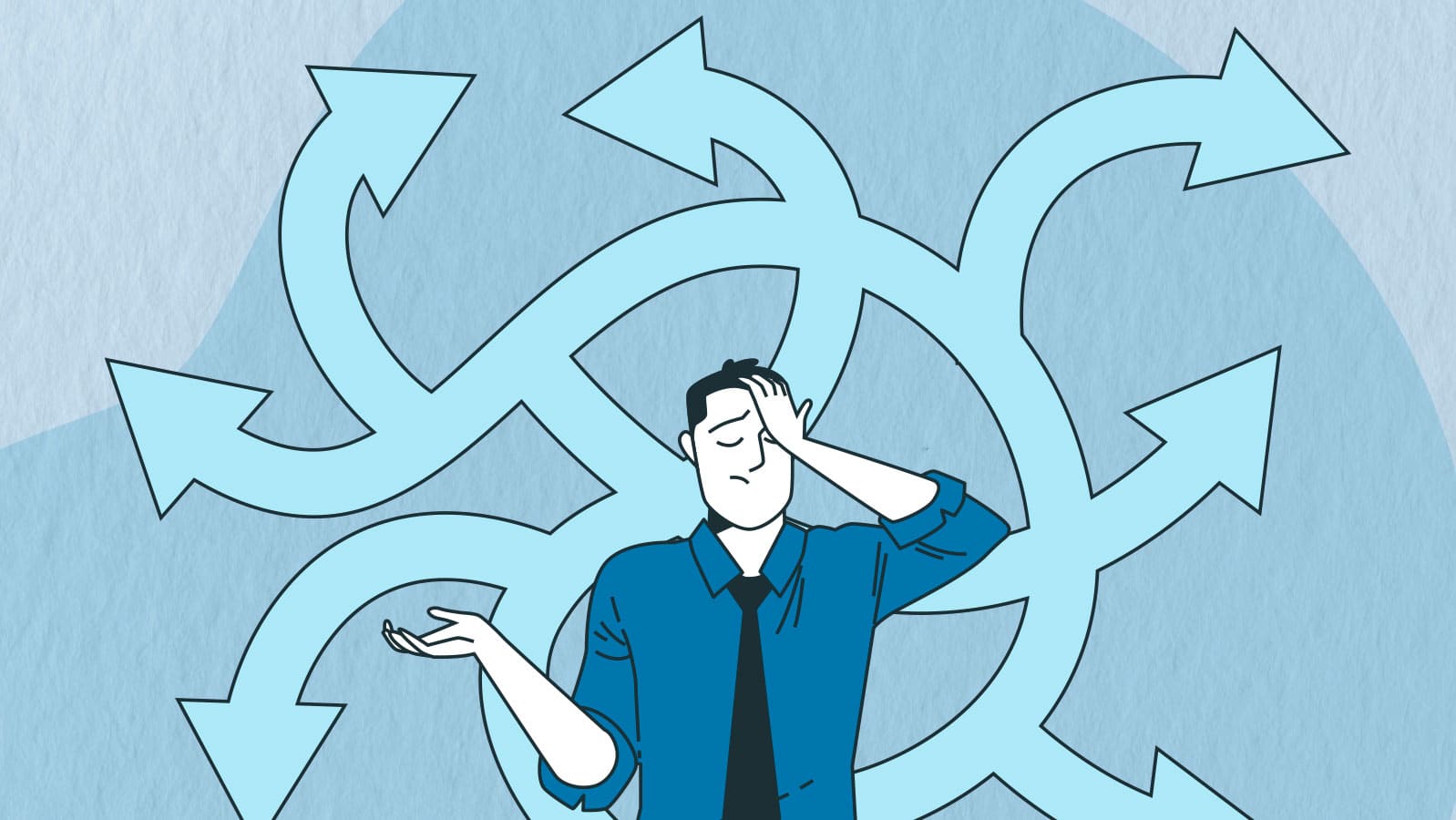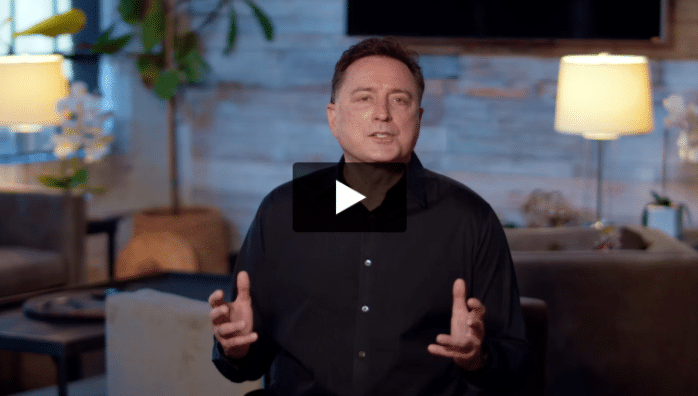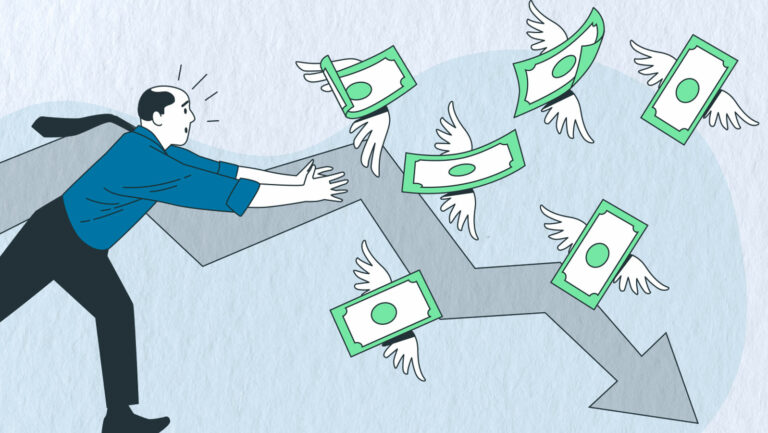
Top 3 Reasons Why They Didn’t Buy
Although it would be wonderful if every call with a customer or prospect resulted in a resounding “Yes, how soon can we get started,” the fact is that in business development, delivery, and sales roles you will encounter rejection.
Sure, no one likes rejection. But here’s the good news: you can learn a lot about what went wrong if you approach it with a curious mindset.
Although it’s a hot topic among trainers and authors, and we’ve heard every rationalization for “losing the deal” out there, our experience shows that a Customer’s disinterest often comes down to 3 reasons.
REASON #1: NO RELATIONSHIP
“Relationship” and “trust” are two words repeated constantly in self-help books. Still, for many, this can seem like an elusive club reserved only for a select group of people with social talents or special connections. But nothing could be further from the truth.
You don’t need to be a suave extrovert to win the hearts and minds of customers or prospects. In fact, those outdated and poorly glamorized sales roles have long outrun their course, as people crave genuine connection—just like you do.
Let’s eliminate the mystery around this. Building meaningful relationships is a developed and learned skill that requires practice. But the reward is worth it!

If you show up authentically and use a consistent, customer-centric engagement method, your customers will learn that you have their best interests at heart. No flashy suits or catchphrases needed!
What does that look like, practically?
Prepare for your meetings with thoughtful questions, express genuine curiosity, demonstrate empathy by listening more than you talk, and guide the customer to the best solution, not necessarily your solution.
Do this, and you’ll stand out from your competitors only concerned about making a sale.

RECOMMENDED video
Do You Have the “Itch to Pitch” in Your Meetings? ↗
Who would you trust to help you?
Lack of trust in a relationship is often the #1 reason you’ll encounter rejection, but it’s extremely rare for a customer to express this openly. You won’t hear them say, “The solution looks interesting, but I don’t trust you and all you’ve done since you arrived is talk about how good you are,” but you will hear the deafening sound of their avoidance.
If you show up with genuine curiosity and empathy and focus on their needs rather than your needs, they will feel it. As a result, it will completely transform your customer relationships, and your win rates will increase accordingly!
REASON #2: NO AWARENESS OR NEED
You’ve done your research. You have convinced yourself that they need your solution, and you have practiced your pitch, so it’s really smooth!
What could go wrong?
Business developers and salespeople both rarely get the desired results with this approach and are often left wondering why the customer didn’t seem as excited as they thought they should have been. All because they make assumptions about the customer and their problems.
Pushing or educating the customer about solutions to problems they don’t have or aren’t aware of is a soul-destroying approach akin to pushing a wet noodle up a hill.
Imagine you visit your doctor, and before you can tell them your symptoms, they excitedly tell you about the latest medication they know you’ll love. Of course, you would be distrusting and probably irritated they wasted your time by pushing pills you don’t need.


To avoid meetings like this, the number one place to start when planning your calls is to outline questions that focus on truly understanding the customer and their needs.
Doing this will help you understand the customer’s needs from their perspective—not yours, and will stop you from pushing solutions or selling features before understanding their needs.

We teach several methods to bridge the gap here, but here’s a tip: an easy way to discover customer needs is to use a questioning-based method that guides your customer to uncover them. Remember that telling them they have a problem will likely be seen as sales hyperbole. However, it’s viewed as the truth when they discover it and then tell you.
And customers are busy, just like you.
Most business developers and salespeople act like the customer scheduled time before the call to lean back and thoughtfully think through their challenges and, as a result, know exactly what they need. But that’s rarely the case. Most customers are so busy executing their roles and moving from one call to the next that they usually don’t have much time to think about their problems in depth.

RECOMMENDED video
Do You Really Know What Problems Will Motivate Customers to Act? ↗
That’s why guiding them through self-diagnosis can be very powerful. Often, they don’t fully understand what they need, why they need it, or the outcome they hope to achieve.
And that’s part of the value you bring to your relationships.
Do this, and you will hear your customers or prospects say things like, “I’ve never considered that” or “nobody has ever asked me that!” That’s how you know you’re no longer seen as just another pushy sales or business development person.
REASON #3: NO MOTIVATION OR URGENCY
For role success, you must be able to uncover your customer’s motivations. Unfortunately, what they share first with you is often surface-level information, so it’s your job to go deeper to reveal their actual needs and determine the impact.
You’ve worked on building a connection with your customer, and you’ve uncovered their needs or challenges. Now you need to understand the impact of those needs or challenges on the organization.
The customer has two choices, pursue a solution to address the need or choose not to pursue a solution and remain with the status quo. However, each decision has either a positive or negative impact. And then there’s urgency, a powerful motivator.

RECOMMENDED video
Are Your Customer Conversations Producing Results? ↗
Customers are busier than ever, and attention spans have gotten significantly shorter. Our brains are wired to pay more attention to things that are important to us. So if the problem you want to solve is 27th on their list, you can guarantee they will not be motivated to solve it.
With the right questions, you can help them understand the impact and the importance of solving the need. Your questions must help the customer understand how to solve their problems and allow them to feel the pain or relief from this course of action.
Here are a few examples:
- What happens if this problem is solved?
- What happens if this problem is not solved? Will it get worse?
- How will this impact your role or your department?
If there are no real personal or organizational impacts, you can ensure the customer will not be motivated to jump into action with your solution. However, if personal pain or gain is associated with the problem, you have a better chance of getting them to elevate this on their list.
It all comes down to developing trust, credibility, and solid relationships by taking the time to connect and understand the customer’s needs, aspirations, and priorities.
Then identify the impact of the status quo at both an organization and personal level.

RECOMMENDED video
This Mistake at the End of a Call Leads to Ghosting ↗
WRAP UP
All professionals who don’t understand the reasons behind rejection will often struggle to create meaningful connections, and salespeople and business developers will fail to connect, gather competitive intel and disqualify unqualified prospects early. Unfortunately, that equals a lot of wasted time and effort, especially after the call with endless “follow-ups” that rarely generate results.
Sales, Business Development, and Delivery professionals must focus on the customer.
You must gently guide them to move beyond symptoms and get to the root cause. This requires you to stay on message with them and let your desires take a back seat to their current priorities.
Communicating this way sends a clear signal that you’re in it for them. They’ll look to you as a trusted advisor for professional advice. You don’t have to do most of the talking to prove your value! In fact, the more you listen, the better.
Start Today
Accelerate your career with the power of Winning Relationships.™
Accelerate your career with the power of Winning Relationships.™











